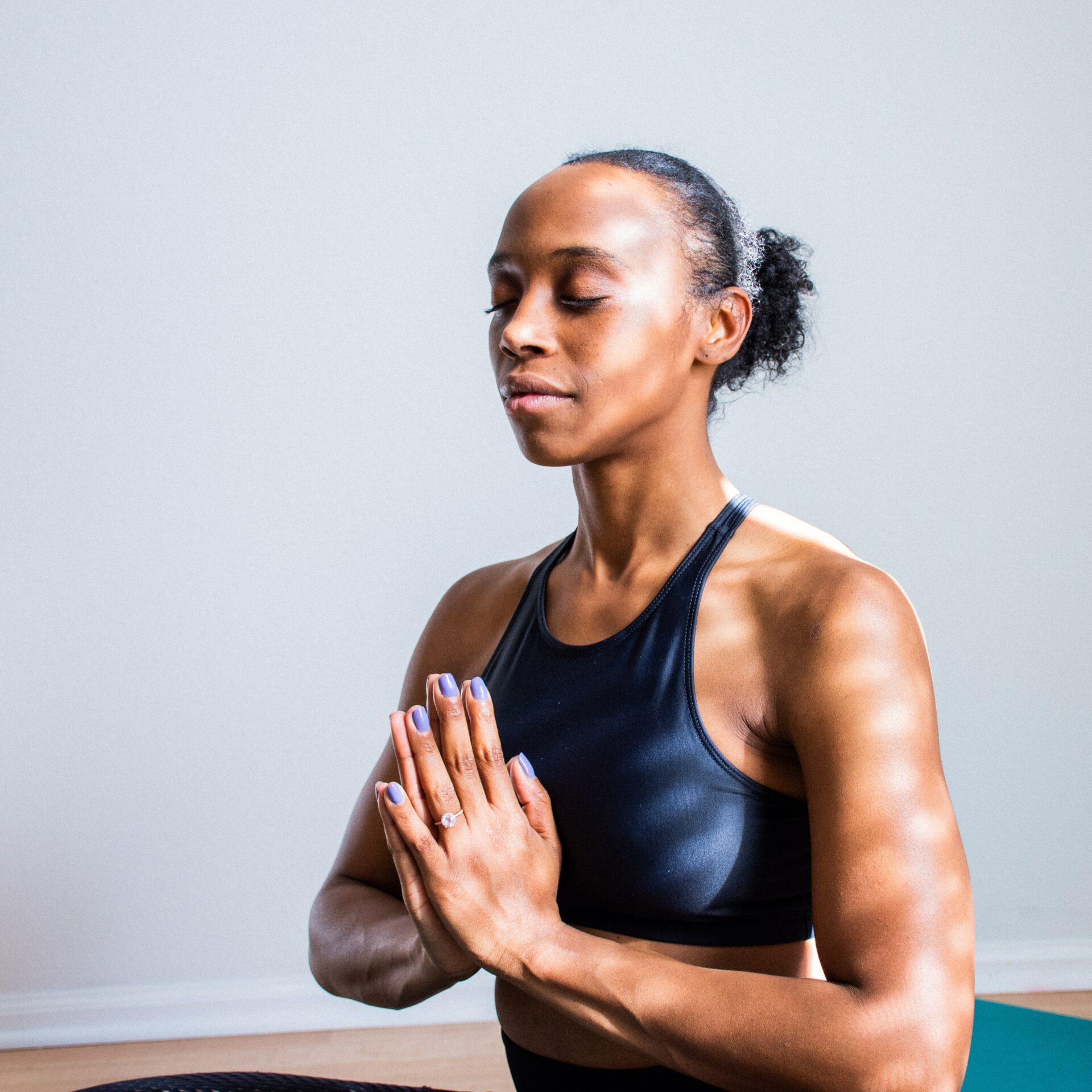
NourishDoc doesn’t provide medical advice, diagnosis, treatment, or prescriptions. Read our terms of use, privacy & medical disclaimer for more info
5 year old girl with progressive Alopecia Areata had been taking medication and treatment for three years with not much improvement in her condition. Because of this condition, the girl had bald patches and had lost most of her hair.
The child was a typical case of progressive Alopecia Areata. The parents were taking treatment for the past 3 years and had lost faith when they started therapy. Their daughter had experienced 95% of hair loss on her head.
After few diagnostic tests and reports, high protein diet was recommended for the girl. In addition, parents were advised to add immunity boosting food to the diet and continue with non steroidal treatment for Alopecia Areata. After 2 months of following treatment plus the high protein diet, hair growth started and bald patches began to disappear. The girl finally had 90% of her hair growth back and slowly started to regain her normal life.
How can diet affect hair loss or Alopecia Areata?
Losing hair especially for women can have a detrimental effect on a person’s psychosocial being. Hair loss can begin as early as the twenties. According to thehairsociety.org, 35 million men and 21 million women suffer from hair loss. Male pattern baldness alone contributes to 95% of the hair loss cases in men. Nutritional deficiency is the major cause of hair loss in women especially under the age of 35. If you have brittle hair, chances are that you have zinc and iron deficiency. Deficiency of amino acids, especially lysine leads to thinning of hair. IF you don’t take adequate omega-3 fatty acids, it might result in a dry scalp and dull hair. If you are deficient in any of the nutrients, chances are that you are going to have hair loss and none of the fancy shampoos are going to help. To top it all, stress can aggravate losing of hair as well.
Science and Research on Hair Loss and Alopecia Areata:
In one of the clinical trials, five female patients, diagnosed with Alopecia and zinc-deficiency were treated with zinc supplement Polaprezinc for 6-12 months with dose varied according to severity of the condition. All the five patients had positive outcome with reverse of their medical condition with normal levels of zinc as well. This trial reconfirms importance of zinc to maintain our good hair health. Often, it is not the composition of the diet, but the bioavailability of a nutrient that determines the health effects.
Foods that help hair growth:
Zinc: Foods rich in zinc include pumpkin seeds, hemp seeds, cashew nuts, meat products like beef, mutton and goat. As far as lentils, include soybean, red gram, and bengal gram in your diet to get zinc as an important nutrient. It is noteworthy that the bioavailability of zinc is higher from non-vegetarian sources.
Iron: Iron is stored in human liver in the form of ferritin. Lower serum ferritin thus indicates significantly lower iron levels over a period of time. Supplementation with Florisene, which is particularly high in ferritin, L-lysine, biotin, Vitamin C, and selenium, was found to significantly reduce the amount of hair fall, by as much as 39%, simultaneously increasing serum ferritin levels.
To prevent iron deficiency, it is important to consider facilitators and barriers of iron absorption, as well as the heme and non-heme sources of iron.
Foods that have Heme iron: Red meat, fish, and poultry and is absorbed readily irrespective of other dietary components. Non-heme iron, on the other hand, is found in both plant and animal sources but is affected by dietary components. For example, cauliflower, tomatoes, citrus fruits, improve iron absorption. Meat, fish, and poultry, being rich in lysine, also improve iron absorption. Tannins, dietary fiber, soy proteins, phytates, and oxalates have a negative effect on iron absorption.
Antioxidants: Antioxidants play an important role in hair growth as well. Capsaicin, a key pigment of capsicum, was found to have a positive effect on hair growth. Oral capsaicin 6mg and isoflavone 75 mg daily for 5 months improved hair growth in 64.5% of the patients. Garlic, and onion, key ingredients in lot of asian cuisine have a positive impact on improving hair health. Garlic gel 5% given in combination with betamethasone, for 3 months, improved hair growth in 95% of the patients. Full hair growth was observed in 87% of the patients treated with onion juice for 8 weeks, against 13% of those who used tap water alone. Application of pumpkin seeds oil and rosemary oil have also been found to be beneficial.
Several clinical trials have proven that the deficiency of niacin, selenium, vitamin D, vitamin A, vitamin E, folic acid and biotin can result in loss of hair as well. However, limited evidence is available to substantiate the effect of supplementation of these nutrients to help reverse hair loss.
Summary: To prevent and reverse hair loss, foods rich in vitamins are recommended. HAir loss treatment diet plan rich in eggs, fish, citrus fruits and vegetables are recommended. Antioxidants can help in fighting hair loss as well as other oxidative stress-related disorders. I recommended cashew nuts, almonds, and walnuts for this patient as a snack food. Learning from the research, I planned a balanced diet plan for this patient and had positive outcome with success story to share with you all. If you are vegan, you can include supplements and a balanced diet to provide enough nourishment to your body that you cannot get from meat. We all love our hair and can prevent hair loss with proper diet! Don’t forget to drink enough water and keep yourself hydrated!
References
Rushton, D.H., Norris, M.J., Dover, R., & Busuttil, N. (2002). Causes of hair loss and the developments in hair rejuvenation. International journal of cosmetic science, 24 (1), 17-23.
Karashima, T., Tsuruta, D., Hamada, T., Ono, F., Ishii, N., Abe, T., … & Hashimoto, T. (2012). Oral zinc therapy for zinc deficiency‐related telogen effluvium. Dermatologic therapy, 25(2), 210-213.
Guo, E. L., & Katta, R. (2017). Diet and hair loss: effects of nutrient deficiency and supplement use. Dermatology practical & conceptual, 7(1), 1.
Hosking, A. M., Juhasz, M., & Mesinkovska, N. A. (2019). Complementary and alternative treatments for alopecia: a comprehensive review. Skin appendage disorders, 5(2), 72-89.

NourishDoc doesn’t provide medical advice, diagnosis, treatment, or prescriptions. Read our terms of use, privacy & medical disclaimer for more info

This website uses cookies so that we can provide you with the best user experience possible. Cookie information is stored in your browser and performs functions such as recognising you when you return to our website and helping our team to understand which sections of the website you find most interesting and useful.
Strictly Necessary Cookie should be enabled at all times so that we can save your preferences for cookie settings.
If you disable this cookie, we will not be able to save your preferences. This means that every time you visit this website you will need to enable or disable cookies again.